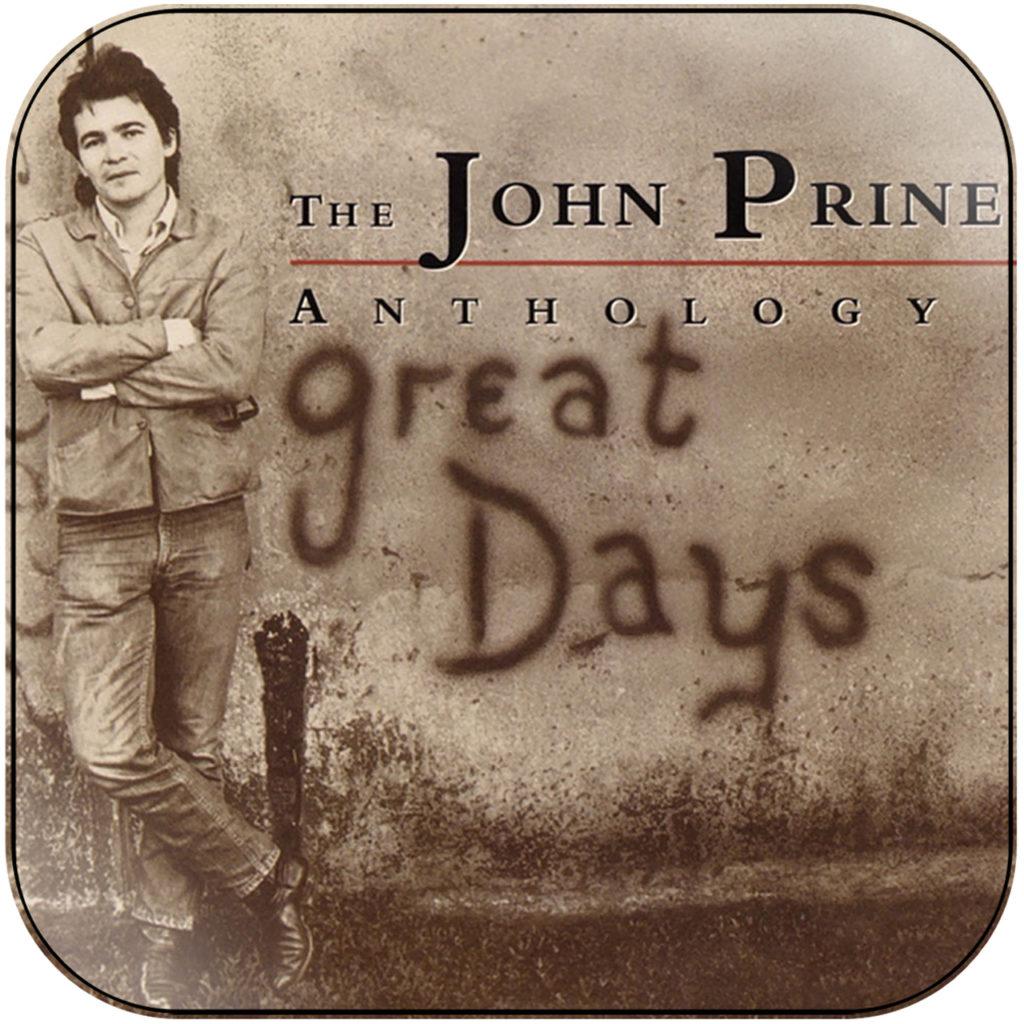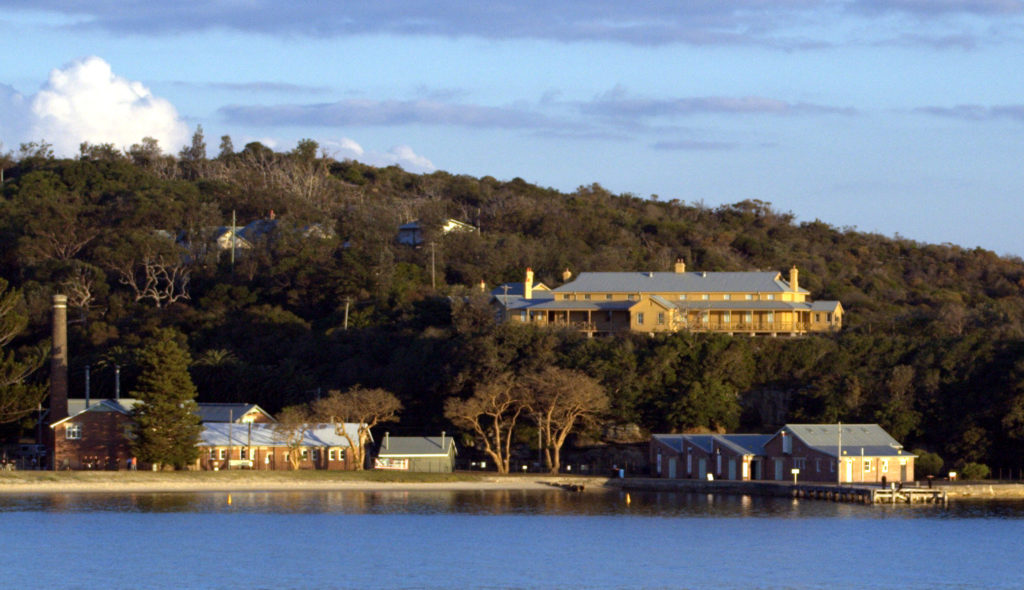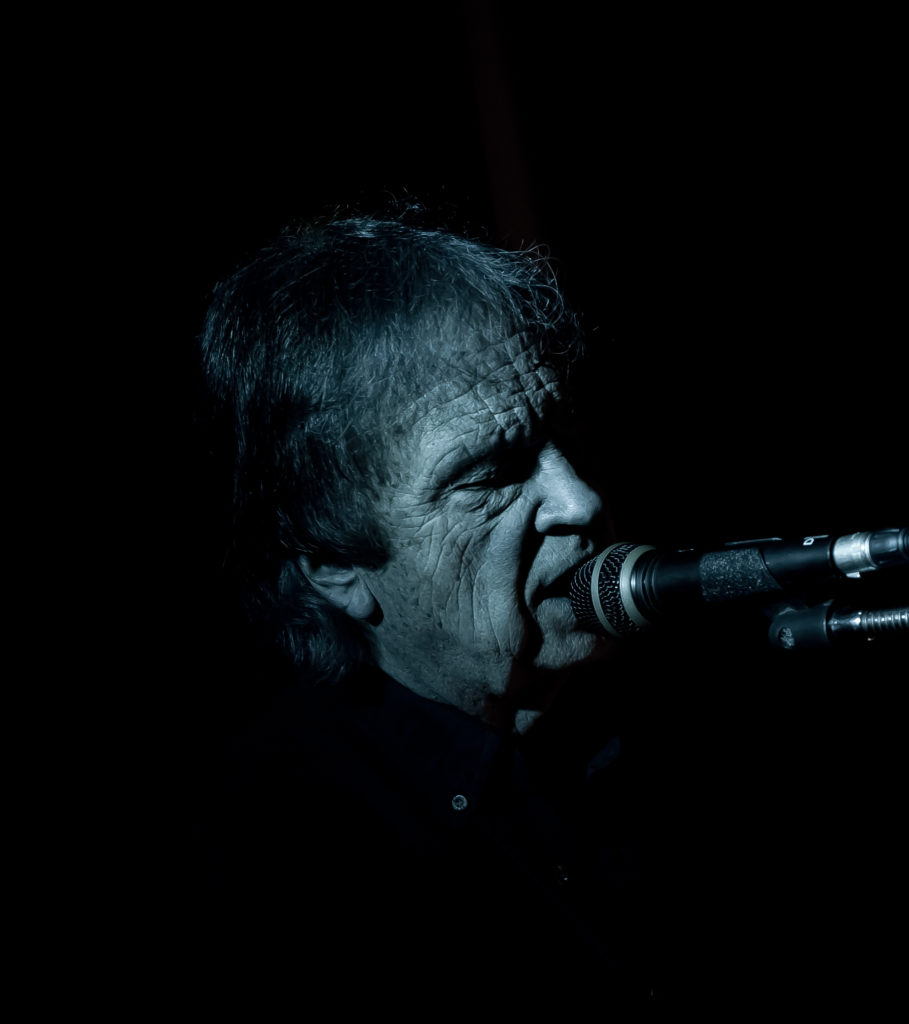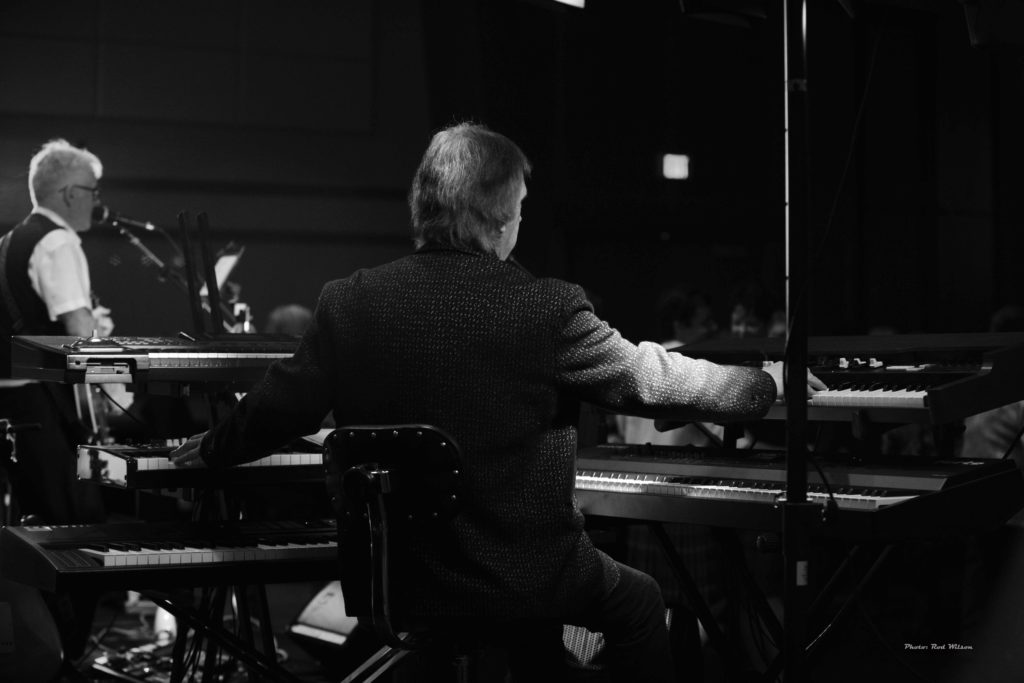We can’t say we weren’t warned. Epidemiologists and Public Health Officials have been going on for years about the next big pandemic. In their opinion it was not a case of “if” but rather a case of “when”. In the early 2000s we even had a dress rehearsal with the SARS epidemic. By the time that was over there were 438 cases in Canada and 44 deaths. It was a wake up call for Canada and by and large the immediate post epidemic response was appropriate. Preparedness and planning were beefed up with the promise that the next time we would be ready. But, of course time has slipped by and memories have become clouded and in 2020 we were were not as ready as we could have been. The Covid-19 pan-epidemic is now with us and all around the world the infection rates are through the roof, people are dying and economic activity has come to a stand still. In Canada more than 38,00 people have been infected with the virus while more than 1,800 people have died . World wide, some 2.5 million people have been infected and 175,000 have died (April 21, 2020). Apart from the number of deaths and the economic down turn the World Food Progamme of the United Nations has also warned that up to 300 million people face food insecurity as the virus hits the undeveloped countries. “Already two things are clear. First, governments need to explain to their people that the world is not about to return to normal. Without a vaccine or a therapy, life will be constrained and economies will remain depressed. Second, testing and contact-tracing are vital to keeping the virus at bay.” That is all pretty scary stuff.
Through it all, in my opinion, Canadian authorities and Canadians in general have reacted appropriately. We are still in the middle of the storm with economic activity at a stand still, stay at home orders in place, school and University closed, major sporting and cultural events, concerts and all mass gatherings cancelled. We do not know when things will get back to “normal”. What will normal be when and if it occurs we don’t know. There is still the threat of a second wave in the fall. When it’s all over one thing for sure it will be different. In some ways I expect some things will be better. There is lots of scary stuff out there but there are some positive things happening. Here are a couple things to ponder.
- Antivaxxers – An ill wind that blows some good. https://www.upworthy.com/covid-19-has-done-the-impossible-its-made-some-anti-vaxxers-change-their-minds
The anti-vaxxer movement is starting to have a very negative impact on people’s health. Their belief in the false notion that vaccines cause autism has led to a decrease in the number of vaccinated Americas. Last year, this created the largest measles outbreak in the U.S. since 1992. Back in 2000, it was believed that the disease had been completely eradicated in the U.S. The health problems caused by the anti-vaxxer movement have led many to fear how they will respond to COVID-19. Health officials warn that life many not completely return to normal in the United States until a COVID-19 vaccine is administered to the entire population. Over 70 potential vaccines are currently in the works across the world. However, there is some hope that the current crisis will change some anti-vaxxers’ minds.
- Westix – Alberta separation was a bad idea to begin with – but COVID-19 has shown it’s never going to happen
This is an article by Max Fawcett in the Globe and Mail, April 8, 2020. Max Fawcett is a freelance writer and a former editor of Alberta Oil magazine and Vancouver magazine
In politics, timing is everything. And when it comes to Alberta’s burgeoning separatist movement, the timing of COVID-19 couldn’t be much worse. It was just last October, in the wake of the federal Liberal government’s re-election, that it appeared to be building some momentum. And while Alberta Premier Jason Kenney argued that he didn’t share their ultimate objective, he did effectively legitimize many of their other priorities by striking the “Fair Deal” panel to assess their merits. Their final report was due last week, but any recommendations it contains are almost certainly moot.
That’s because the fallout from COVID-19 is serving as a powerful reminder of how much we depend on each other and how much we’ll need to keep doing that as we emerge from its shadow. For most of us, this growing sense of social and national solidarity is a good thing.
But for Alberta’s separatist movement, it’s a major setback. That’s because, just as there are no atheists in foxholes, there won’t be many people who believe they’re better off on their own after this pandemic finally passes. As Albertans stare at the possibility of an economic downturn that’s reminiscent of the Great Depression, some of them are realizing that they could use a little help from their friends – even the ones they don’t particularly like.
This is a nightmare for those who have been dreaming about an independent Alberta, one that’s equal parts political revenge fantasy and Ayn Rand fan-fiction. Only once unshackled from the burdens of supporting the rest of the country and the ungrateful people in it who were holding them down, it suggests, will their province truly flourish.
The combination of their oil and gas resources and a determination to see them fully and unapologetically exploited would mean lower taxes, better services, more freedom and a long overdue opportunity to watch the eastern bastards freeze in the metaphorical dark.
But that dream deliberately ignored the contributions that the federal government had made to their province and its oil and gas industry. It was the federal government that helped fund the oil sands in their earliest days – and helped rescue them when a key American backer pulled out of the Syncrude consortium in 1973.
It was the federal government that implemented important tax changes in the 1990s that made the oil sands a far more attractive investment and helped kick off a decades-long building boom that disproportionately benefited Alberta. And it was the federal government that bought and is building the Trans Mountain Expansion Project, effectively doing for Alberta what the private sector couldn’t – or wouldn’t.
The separatist dream of an independent Alberta also conveniently overlooks the fact that separating from Canada wouldn’t mean separating from geography. British Columbia would still stand between them and the Pacific Ocean, and the vast majority of its residents would want no part of a right-wing Libertarian Petrostate, to say nothing of the many untreatied Indigenous communities who have made their feelings about Alberta’s favourite industry clear.
And as Assembly of First Nations National Chief Perry Bellegarde has said, the Indigenous communities that do have treaties with the federal government expect those to be respected. “You have to be careful when you go down that road of Western alienation, Western exit,” he told the CBC. “We have inherent rights; we have treaty rights, and those are international agreements with the Crown.”
- The Demise of Vancouver’s 4/20 “Weed Fest”.
Vancouver’s 4/20 Festival had humble beginnings on April 20, 1995, when a few dozen people gathered to share and celebrate cannabis at Victory Square Park at Hastings and Cambie. Since then, 4/20 has grown into a massive cannabis protest festival, with over 150,000 attending to buy, share and celebrate cannabis in an unparalleled farmer’s market, while enjoying a free concert with internationally recognized performers. 2020 is the 26th year of the festival and was to be the fifth year at Sunset Beach. The original impetus of the festival was to bring about the legalization of Cannabis and now that has been achieved maybe it is time to move on. The results of the legalization are probably not what was anticipated and expected by aficionados. The corporate sector moved in; The small grow-ops are history; Heavy fines and penalties and rigid controls are in place; There are insufficient legal outlets and the black market has not faded away. Having said that the legalization of Cannabis was necessary. However, I suspect the motives of the festival organizers have changed. Perhaps they are more interested in an Oktoberfest like event with Cannabis instead of beer. Watching any news coverage of the event one can only conclude that the event is just a huge opportunity to market illegal product. The event was unsanctioned by the city, imposed significant policing and clean up costs on the taxpayers of Vancouver and generated air pollution on a massive scale. The difficulty facing City hall was how to close it down. Corvid-19 and the ban on large gatherings has taken care of that. The 2020 event was cancelled and, I suspect the ban on large events will still be in place in 2021. Will there be a 2021 4/21 Festival in Vancouver? I suspect not.
- The Role of Women – The secret weapon in the fight against coronavirus: women
An Article by Arwa Mahdawi, Saturday April 11, 2020
Being a woman doesn’t make you better at handling a global pandemic – but women generally have to be better in order to become leaders – Female leaders are doing exceptional work
What do Germany, Taiwan and New Zealand have in common? Well, they’ve all got female leaders and they’re all doing an exceptional job in their response to the coronavirus crisis. Tsai Ing-Wen, a former law professor, became the first female president of Taiwan in 2016 – the same year America got its first reality TV president. Tsai has spearheaded a swift and successful defence to the pandemic; despite Taiwan’s proximity to mainland China it has largely contained the virus and has just under 400 confirmed cases. It is so well prepared that it is donating 10 million masks to the US and 11 European countries.
New Zealand, led by Jacinda Ardern, is also a world leader in combating the virus. The country has had only one Corvid-19 death so far. That’s partly due to geography and size: with under 5 million people, New Zealand’s entire population is much smaller than New York’s. Being an island state also gives it a distinct advantage. However, leadership is also a factor. New Zealand has implemented widespread testing and Ardern has responded to the crisis with clarity and compassion.
Germany has been hit hard by coronavirus, but it has an exceptionally low mortality rate of arounds 1.6% (Italy’s fatality rate is 12%; Spain, France and Britain’s is 10%; China’s is 4%; America’s is 3%.) A number of factors feed into Germany’s low death rates, including early and widespread testing and a large number of intensive care beds. Again, however, the country’s leadership plays a role. As one wag on Twitter joked: if you’re asking why death rates are so low in Germany and so high in America, it’s “because their president used to be a quantum chemist and your president used to be a reality television host”. Angela Merkel, who has a doctorate in quantum chemistry, is actually the chancellor not the president, but the sentiment still holds.
Denmark (led by prime minister Mette Frederiksen) and Finland (prime minister Sanna Marin is the head of a coalition whose four other parties are all led by women) are also doing noteworthy jobs in containing coronavirus.
Correlation is obviously not causation. Being a woman doesn’t automatically make you better at handling a global pandemic. Nor does it automatically make you a better leader; suggesting it does reinforces sexist and unhelpful ideas that women are innately more compassionate and cooperative. What is true, however, is that women generally have to be better in order to become leaders; we are held to far higher standards than men. Women are rarely able to fail up in the way men can; you have to be twice as good as a man in order to be taken half as seriously. You have to work twice as hard. With a few notable exceptions (*cough* Ivanka Trump *cough*), you’ve got to be overqualified for a top job. A surplus of qualifications isn’t exactly a problem Donald Trump has. America’s response to the coronavirus crisis is arguably the worst in the world – although Britain also gets an honorable mention here. Instead of expertise, the Trump administration has led with ego. While thousands of Americans die, Trump Tweets about his TV ratings. Instead of cooperating, Trump is lashing out at the press and state leaders. It’s hard to imagine Hillary Clinton responding to a crisis in this way without being immediately impeached. Which raises the question: are some men simply too emotional to be leaders?
@@@@@@@@@@@@@
We can add three Canadians to the list. Dr. Bonnie Henry is the Provincial Health Officer of British Columbia. Her signature sign off at briefings “Be Kind, Be Calm and Be Safe” is an inspiration to us all. Dr. Thesa Tam Chief Public Health Officer of Canada is Bonnie’s Federal counterpart and Dr. Deena Hinshaw the Provincial Public Health Officer in Alberta. These three ladies are doing a stellar job in the fight against Covid-19
@@@@@@@@@@@@@
When will it all be over? The optimists are pushing the envelope to get things back to “normal” ASAP. The pragmatists are looking at no earlier than mid May/June to ease some restrictions. The realists are buckling down for a long haul of at least two years of disruptions, possible second wave and third waves of infections and that the new “normal” will be completely different to what we are used to. For starters new infections need to be approaching zero and massive testing and tracking needs to be in place to ensure that no further out breaks are likely to occur. These conditions are not likely to be met in the immediate future. There is also a need for a vaccine and that is at least two years away. In the meantime international air travel is unlikely to be resumed any time soon. Mass cultural and sporting events will remain banned for the remainder of this year and possibly well into next year or even later. I suspect the summer Olympics in Japan will face another postponement or even cancellation. International tourism is effectively dead and will remain so for the foreseeable future. Cross border shopping will either decline or disappear. The cruise ship industry, despite a history of coming back from previous related setbacks, will likely take years to come back. This is despite loyal patrons who insist they will continue to cruise. The health insurance burden on the industry and the patrons will make it difficult to carry on business as usual. Will the Canadian/American border open to regular traffic? If the infection numbers in the USA continue to climb I can’t see it happening? It would be difficult to enforce 14 day quarantines on visitors and returning Canadians and I can’t see the Canadian government willing to risk the importation of infectious cases. On-line shopping will continue to grow and bricks and mortar locations will decline in numbers. Jobs that have gone to work-from-home will mostly stay that way. The Automotive industry will remain in the decline that is already self evident. Just about every aspect of what we considered normal will change and the result, given the right mid set, could end up as a plus. Just look at the environment. Most major cities over the past month have never had air quality to match the current situation. It’s time to hit the reset button and get it right this time.
@@@@@@@@@@@@@
Post Script April 27, 2020: DON’T SAY THE WHO DIDN’T TRY TO WARN US
“One of the most confounding aspects of the COVID-19 pandemic must be that we were warned, forcefully and repeatedly, that this was going to happen. In September 2019, about 60 days before a mysterious new pneumonia-like illness appeared China, and about 90 days before China formally identified a new coronavirus, an organization called the Global Preparedness Monitoring Board (GPMB) issued a frightening report called A World At Risk. A creation of the World Bank Group and the World Health Organization, the GPMB was formed in 2018 largely out of concerns identified following the 2014 Ebola outbreak in West Africa. In this, its first major report, the board painted a harrowing picture of global pandemic preparedness.
“If it is true to say ‘what’s past is prologue’ then there is a very real threat of a rapidly moving, highly lethal pandemic of a respiratory pathogen killing 50 to 80 million people and wiping out nearly five per cent of the world’s economy. A global pandemic on that scale would be catastrophic, creating widespread havoc, instability and insecurity. The world is not prepared.”
All of the shortcomings that we have experienced in our pandemic response were outlined in this report in detailed, prescient fashion: insufficient supplies of swabs, specimen containers and reagents needed to test for the virus; global shortages of masks, gloves, gowns, face shields and ventilators; public-health agencies starved of resources; mass confusion about the closing of borders, the cessation of domestic and international travel, and shelter-in-place orders. There isn’t much value in having the authors of this report and their sponsoring agencies engage in a lusty “we told you so.” But it should be said that they did tell us what was going to happen, and we ignored them. On that basis alone, any attempt to blame the WHO and other international agencies for leaving us unprepared for COVID-19 seems quite ridiculous. But that did not stop Ontario Tory MP Derek Sloan, a candidate for the leadership of his party.
In a Twitter video and in a statement issued April 21, Sloan attacked Dr. Theresa Tam, Canada’s chief public health officer, for deferring to Chinese officials who, it has been established, concealed the existence of the coronavirus when it was first identified last fall. Sloan noted that Tam, who serves on a WHO oversight committee, failed Canada when it came to pressing China for more transparency. “The truth is that the WHO serves the Communist Party of the People’s Republic of China,” Sloan wrote in his release, while accusing Tam specifically of “dutifully” repeating the “propaganda” of the Chinese government. “Dr. Tam must now either resign or be fired.”
Many rushed to condemn Sloan for his comments about Tam, including Prime Minister Justin Trudeau, who said such intolerance and racism “have no place in our country.” Senior Conservatives, including departing leader Andrew Scheer, did not criticize Sloan who, in the face of a backlash, doubled down on his allegations on Friday. “We are in a culture where political correctness and identity politics are used as a shield to deflect or even outlaw criticism,” Sloan stated. “Being called a racist for asking questions has been disappointing, though not unexpected.” Missing from Sloan’s attack, and indeed from the parallel attacks being launched against the WHO by leaders such as U.S. President Donald Trump — who withdrew hundreds of millions of dollars in funding for the WHO — is the simple fact that the very agency that is the target of their contempt begged us to prepare for a pandemic. It is the last refuge of scoundrels and cowards to wait until they are in the grips of a crisis to blame the people who warned them it was going to happen. The WHO is hardly a newcomer to mob-styled attacks. The global health agency operates under the umbrella of the United Nations and, as such, is a popular target for rabid nationalists throughout the world who believe any multi-national agency is a threat to their sovereignty. Depending on who is making the attack, the WHO has been guilty of acting too quickly and harshly, acting too little and too late, not standardizing the global pandemic response, not recommending a ban on international travel or the use of face masks early enough, or not pressing China for greater transparency in the early days following the detection of the virus.
Is the WHO guilty of any of those transgressions? There is some evidence the global health agency did not challenge China robustly enough early on, was perhaps a little late in declaring COVID-19 a pandemic and supporting measures to stop international air travel and promote the use of non-medical masks in places where social distancing is not possible. But those who have attempted to lay blame at the feet of the WHO — and that includes some really dense and ill-informed journalists — are ignoring the fact that not only did we collectively dismiss its warnings, but that the agency itself does not have the moral or legal authority to force anyone to do anything. Decisions on social distancing, sheltering in place, closing the economy and stopping travel were fully made by individual nations, or even jurisdictions within those nations. That’s why some countries that were slow to react were ravaged by COVID-19 and others fared much better.” Dan Lett of the Winnipeg Free press
Don’t forget the name Dan Sloan, who is running for leadership of the Conservative Party, nor the Party’s lack luster response in condemning Sloan’s attacks. Once again the party has demonstrated that they are out of step with most Canadians.
@@@@@@@@@@@@@






